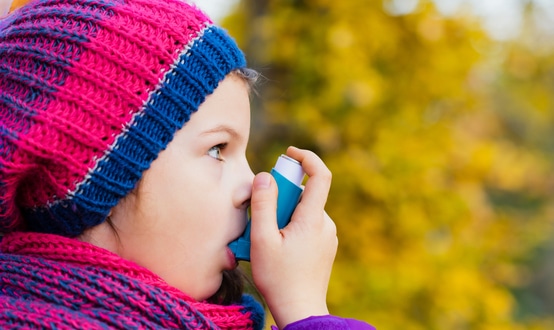Oxford trials contactless technology
- 23 December 2013

Oxford scientists have developed and trialled contactless technology that uses a digital camera to monitor the vital signs of patients.
Chris Pugh, professor of renal medicine at Oxford University, told EHI that Oxecam can be used to detect clinically important information about hospital patients and potentially from people outside the hospital setting.
A 2012 study at the Oxford Kidney Unit used a five megapixel camera to constantly monitor people’s pulse, breathing rate and the saturation of oxygen in their blood.
A second study started recently and is using the contactless technology to try and detect blood pressure and the flow of blood around the body of 80 patients.
The 46 patients in the original study were monitored while watching television and bio-engineers were able to detect the signals which correlated to their vital signs.
The patient’s pulse was detected via very small changes in skin colour, breathing rate via movement of the head, neck and shoulders and oxygen saturation by looking at the reflective light of haemoglobin through the skin.
Algorithms were developed which mean that this contactless technology can replace traditional methods which would involve patients being linked up to various wires, watched by a clinician or having an elastic band around their chest to check their breathing.
The Oxecam readings were more accurate for breathing rate than using an elastic band on the chest and the oxygen saturation was within 2%-3% of direct readings.
“There’s a very close correlation between what we got with the digital camera and what we got with traditional monitoring, but the camera can give some extra information,” Professor Pugh said.
He was initially interested in studying the vital signs of patients having kidney dialysis, but the technology can have a much wider application.
This could include monitoring the breathing of a baby in a cot or constant monitoring of patients in intensive care units.
As hospitals move increasingly towards individual patient rooms to prevent infections, the camera technology could allow them to be constantly monitored without the need for a health professional and elderly patients could also be monitored at home.
“This is a good emerging technology, it has potential, but that potential has to be proven,” Professor Pugh said.
Oxehealth is a software developer spun out from Oxford University’s Institute of Biomedical Engineering in 2012. The patented Oxecam technology was developed by Professor Lionel Tarassenko.




